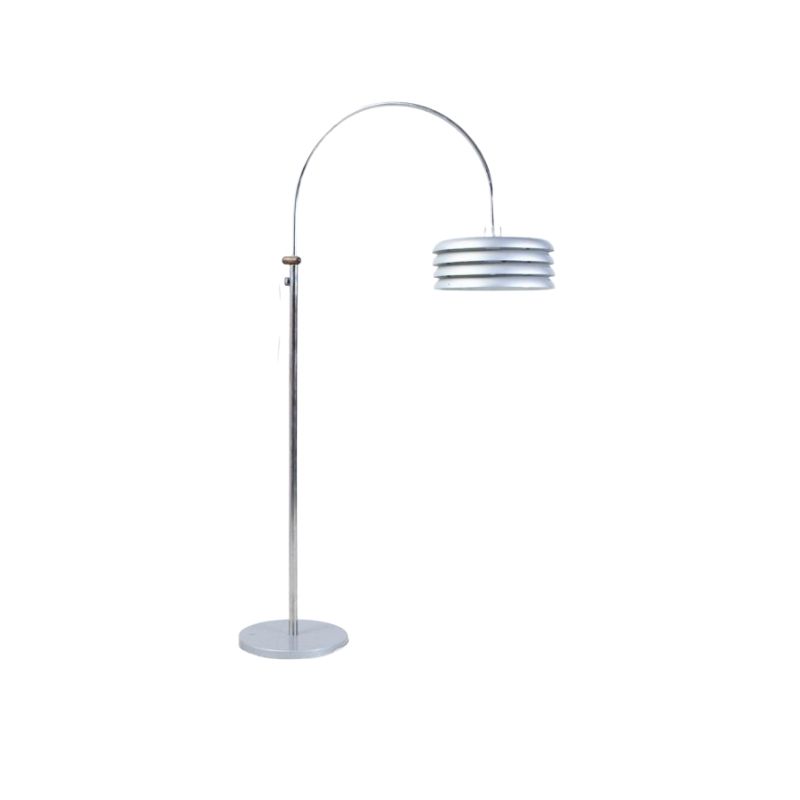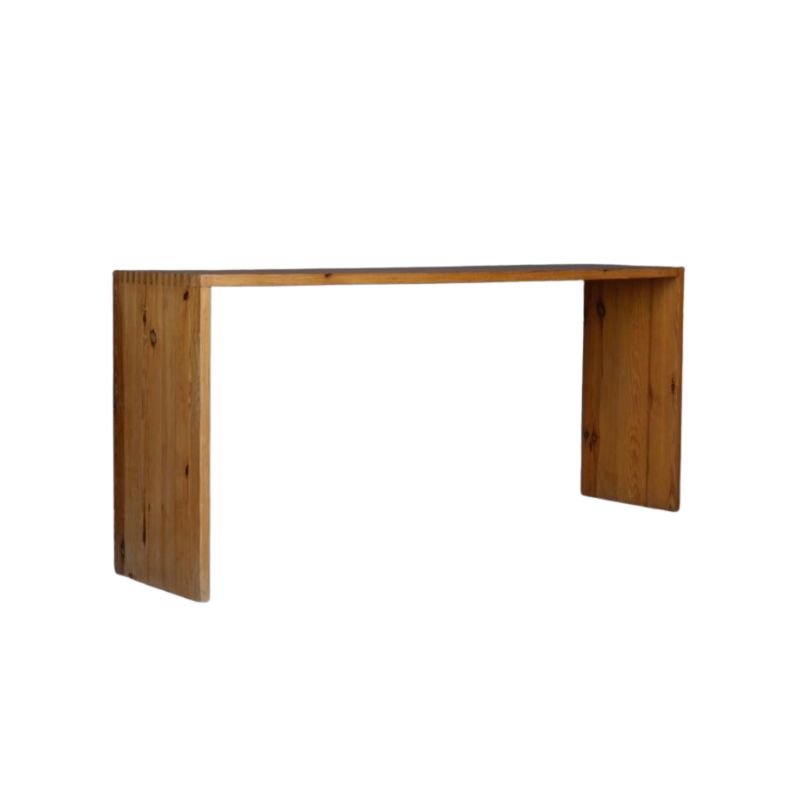That is an interesting question. A number of thoughts come to mind. Lauritz is not reliable. Why was the page from the literature reference not shown. This design really needs that support for credibility. The arms look very clunky. The rails are totally different from the side chair. So is the seat.
Lauritz just says it's in the style of Juhl, not that it's Juhl for sure.
Danish furniture manufacturer, armchair in Finn Juhl's style, 1950s
Item number : 4840486
What is going on with that headpiece on the back, anyway? was it broken off and then very badly re-glued? Or was it actually badly grafted onto this chair? What a mess.
I agree with Leif--the seat and legs & rail aren't the least bit Juhl-ish.
Hi Leif, I have a question not related to this ID, but on the construction of the eeee springs we can see under this "Juhl" chair. I don't know if you remember, but I am still restoring a Jalk 118 chair, and I have the same eeee springs to place on the wooden frame of the seat. Do you think I should connect the eeee springs with similar hooks, as was done for the chair we see here? What would the advantage be?
Thank you!
Ernest
I don't really have any observations about whether one way is better than another. I think that one way is faster. Sometimes faster makes for a better product, sometimes it doesn't.
Suppose you have a tree in a forest and want a flat board that would stay flat. In the old way, you needed to let it sit for many, many years, preferably decades. And then you would have a lot of handwork. The end result was probably not quite perfectly. Now, you kiln dry it, and use various power tools to mill it. The result can be an extremely flat board. Which is better?
Hi thanks for comment,
The chair have been taken apart, after the fabric has been taken of you can see that the chair is originaly black coated. in the back the original fabric came thru (yellow - black) faded in the colour.
the chair has been sendt to a joiner to be repared, spray coated black again and a new fabric on.
🙂
Hi thanks for comment,
The chair have been taken apart, after the fabric has been taken of you can see that the chair is originaly black coated. in the back the original fabric came thru (yellow - black) faded in the colour.
the chair has been sendt to a joiner to be repared, spray coated black again and a new fabric on.
🙂
Are you really, really sure the paint is original?
I ask because in the Lauritz listing you can see that the black paint was not even sprayed on the underside of the stretchers. I have a hard time imagining that the factory was so shoddy in their work that they failed to paint under there.
Perhaps the chair was spray painted and re-upholstered a long time ago?
It is an interesting possibility that it might be some unfortunate prototype that was immediately rejected, but there is a lot of research that would need to be done between here and there. If on the other hand the paint really is original, then I would say this did not come from S
The fact that it was found 5km from the Willadsen workshop may or may not be a coincidence. You might try looking into some old property records or asking the neighbors around there who owned the place in the early 1950s. Then see if you can find that family and ask about the chair.
Is the wood underneath the paint oak?
My wife is helping me with my English now, since her English skills are better than mine.
I bought the chair from a widow, where her late husband was an insulator and he collected furniture himself, and often bought the furniture from his local customers.
I asked his widow if she knew who he had bought the chair from, but she did not know from whom he had bought it.
So to actually retrace the original information about the chair is probably quite difficult. The only thing that I might be able to do is to post a note in the local newspaper in Vejen to see if anyone know anything about who the previous owner was and where it originally was bought.
The top of the chair is teak and the rest is oak 🙂
If you need any help, please contact us at – info@designaddict.com









